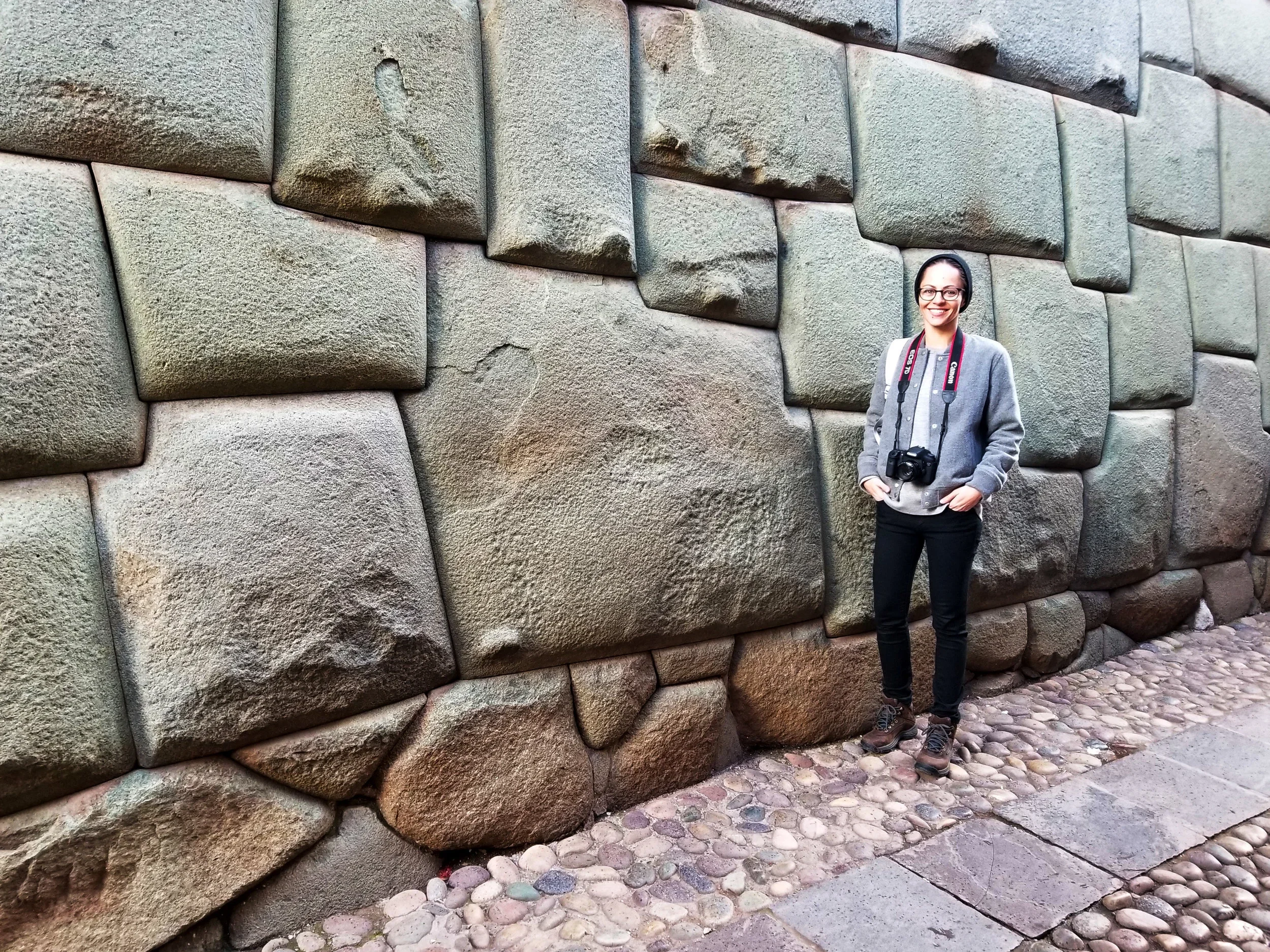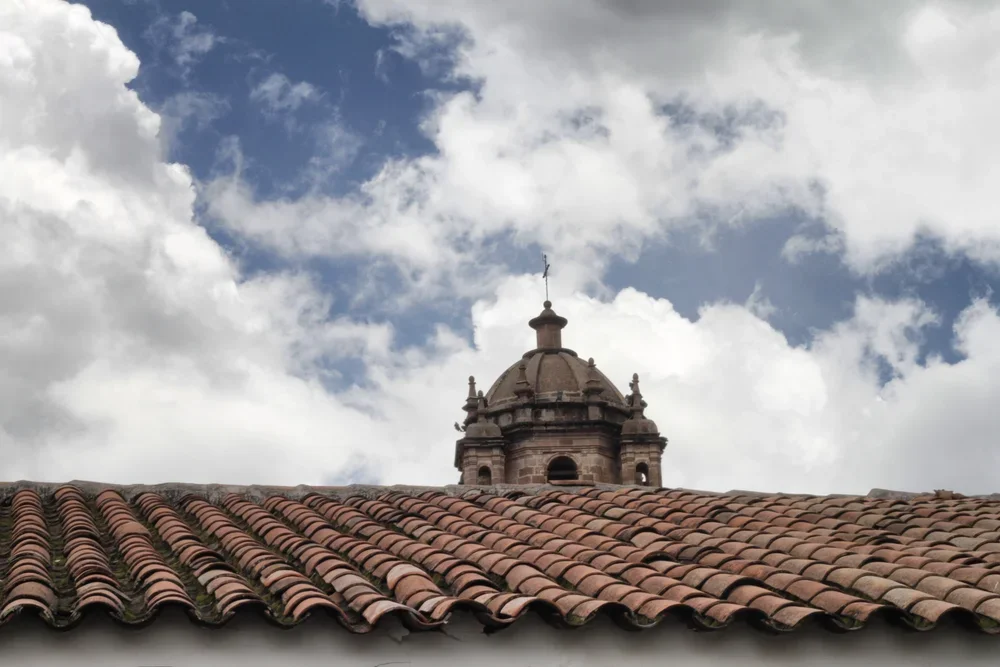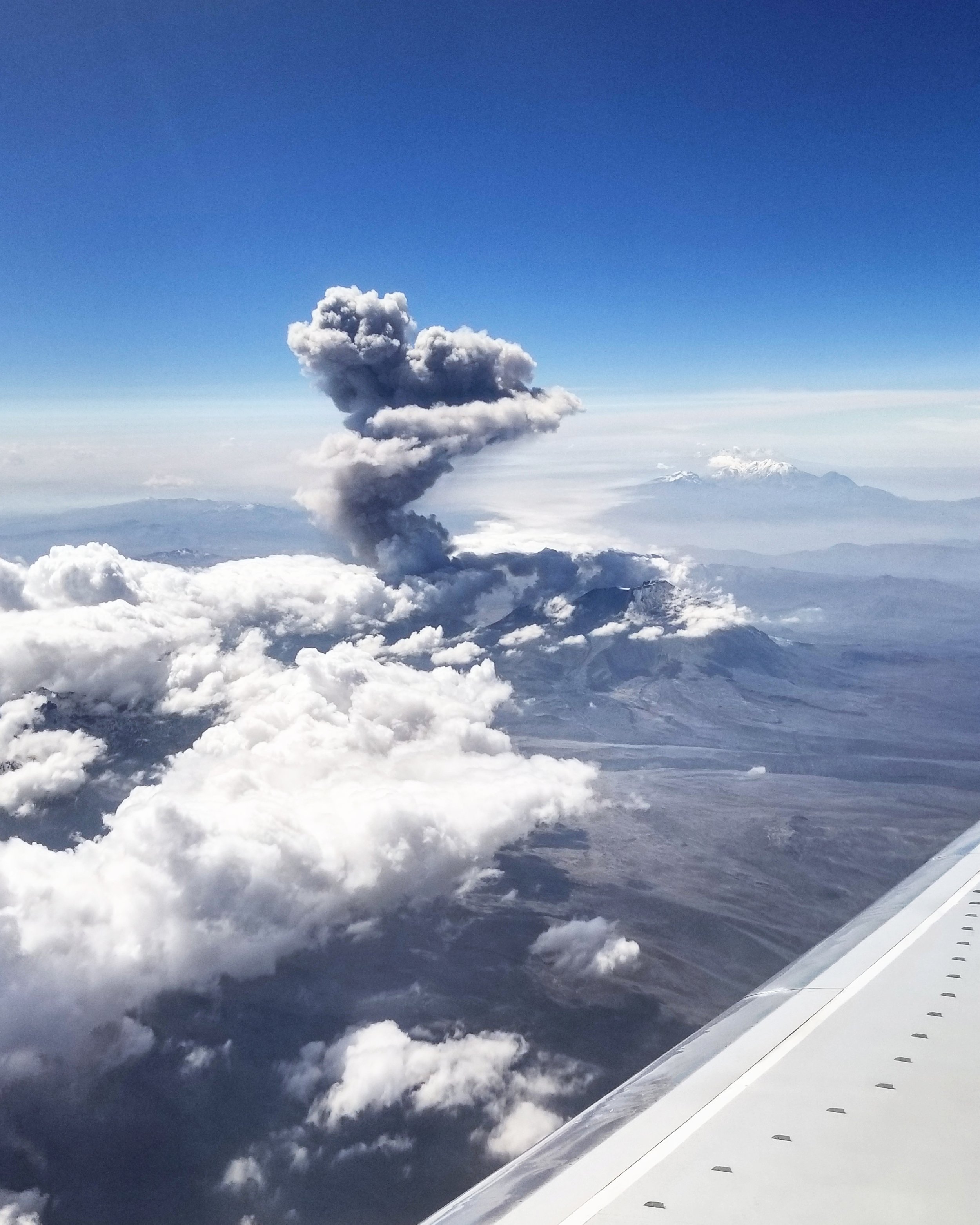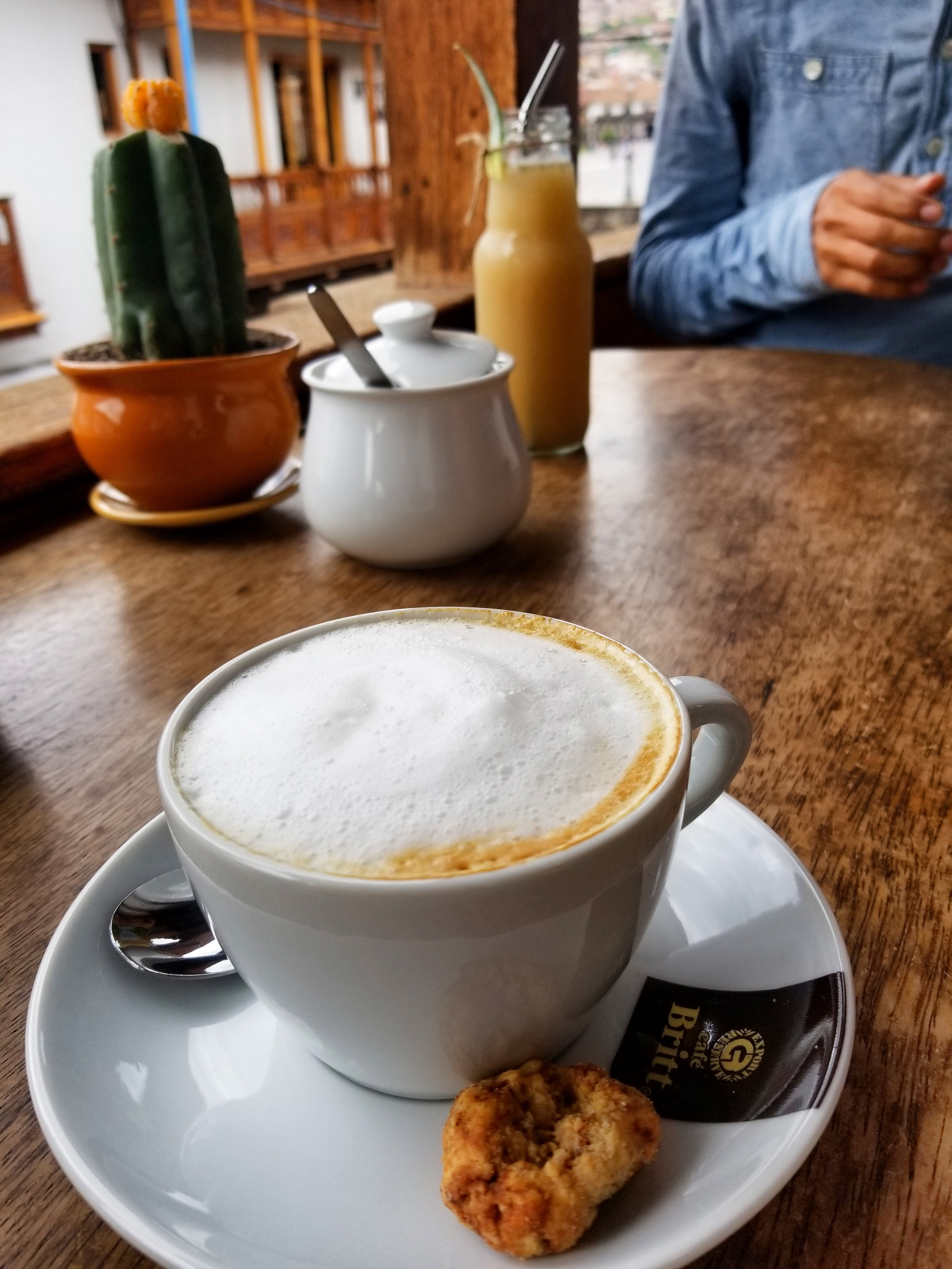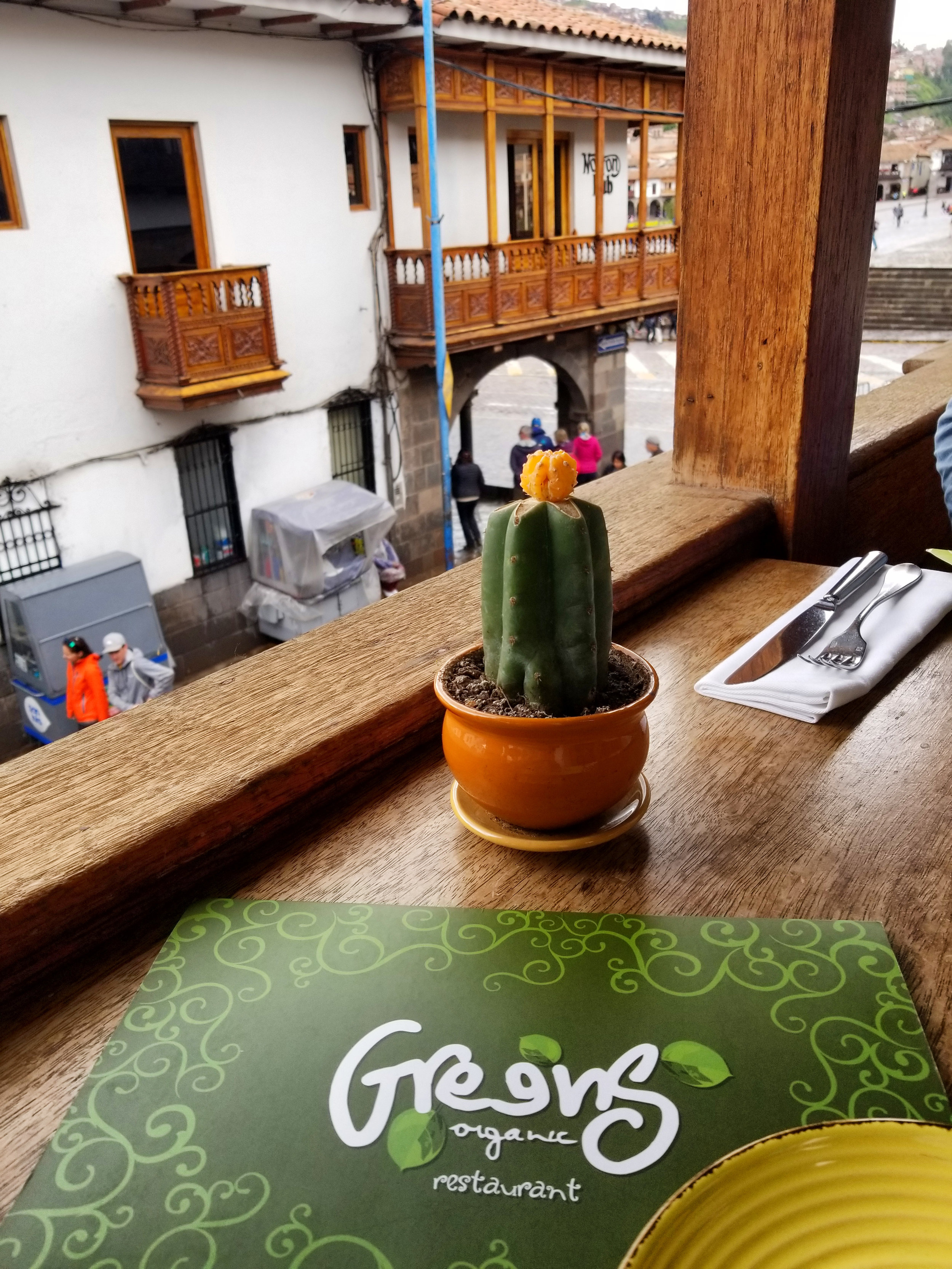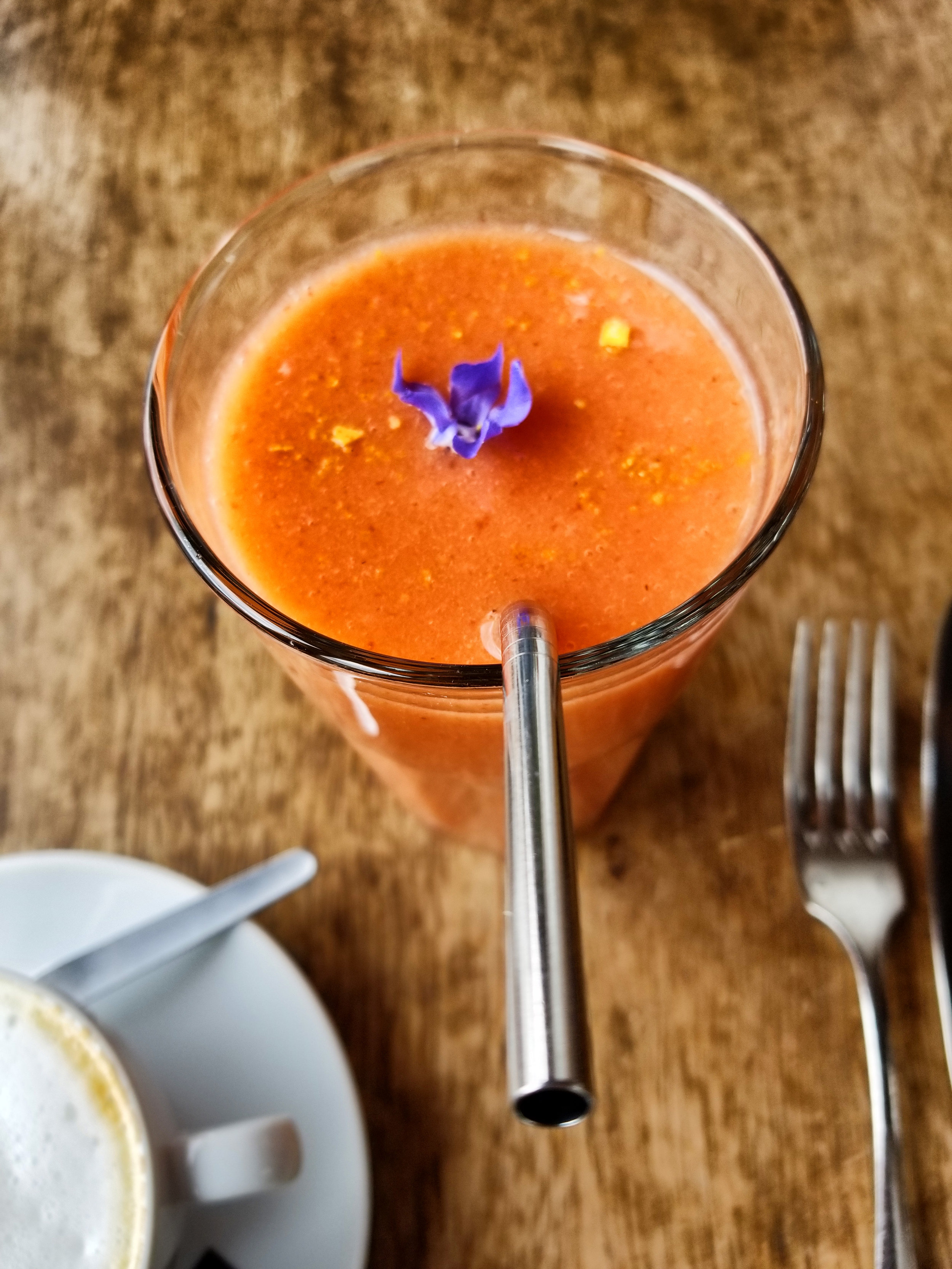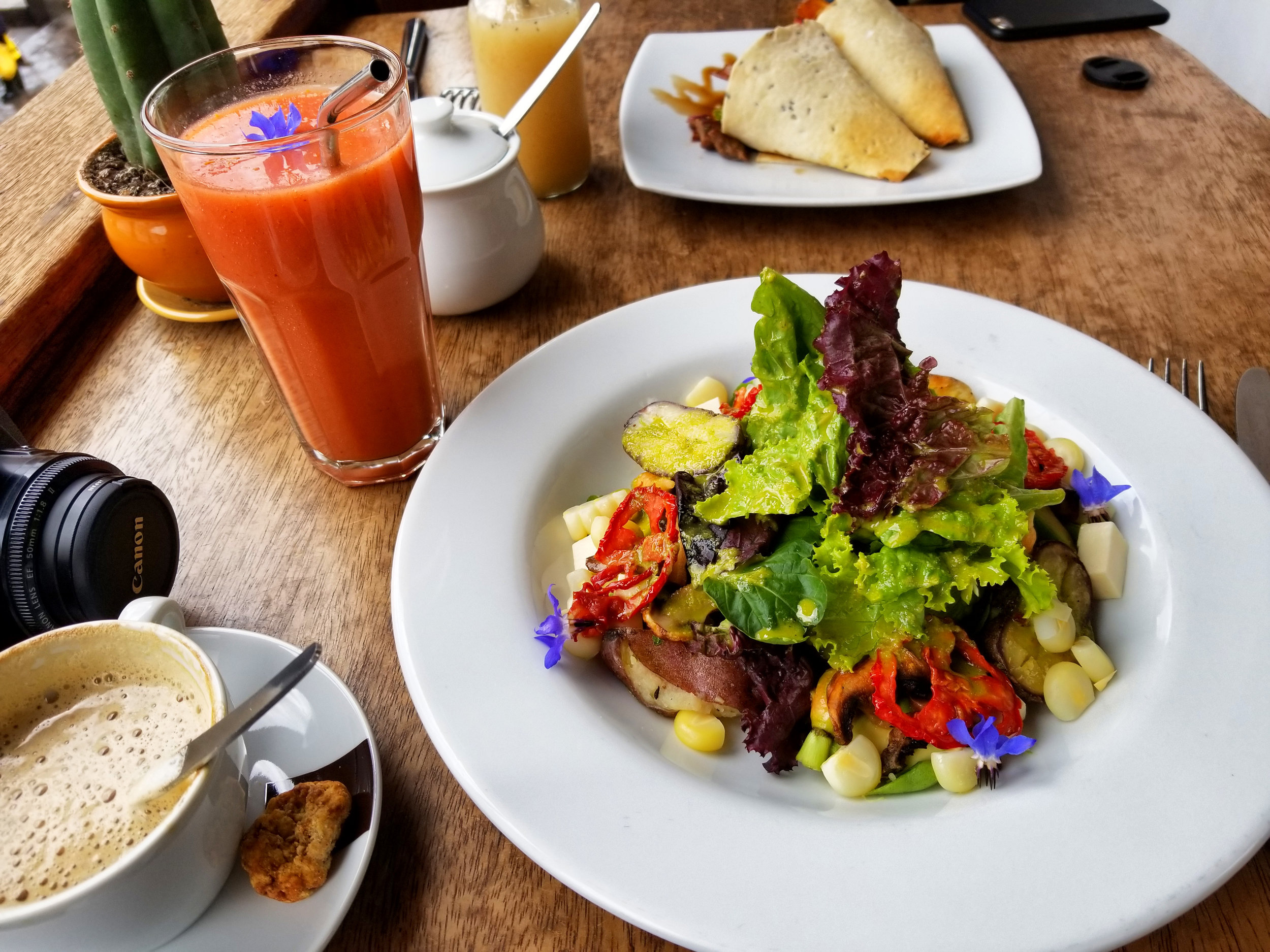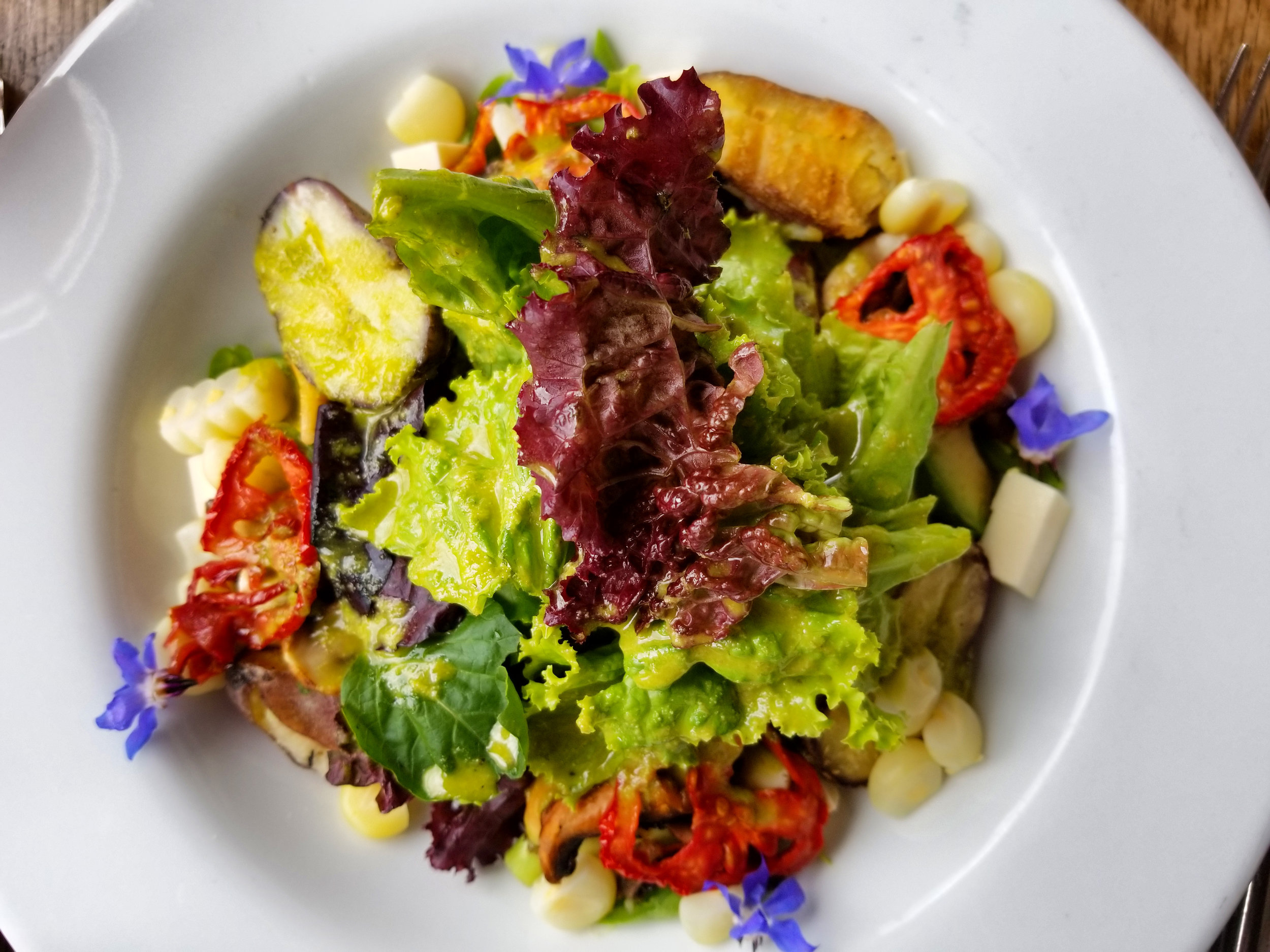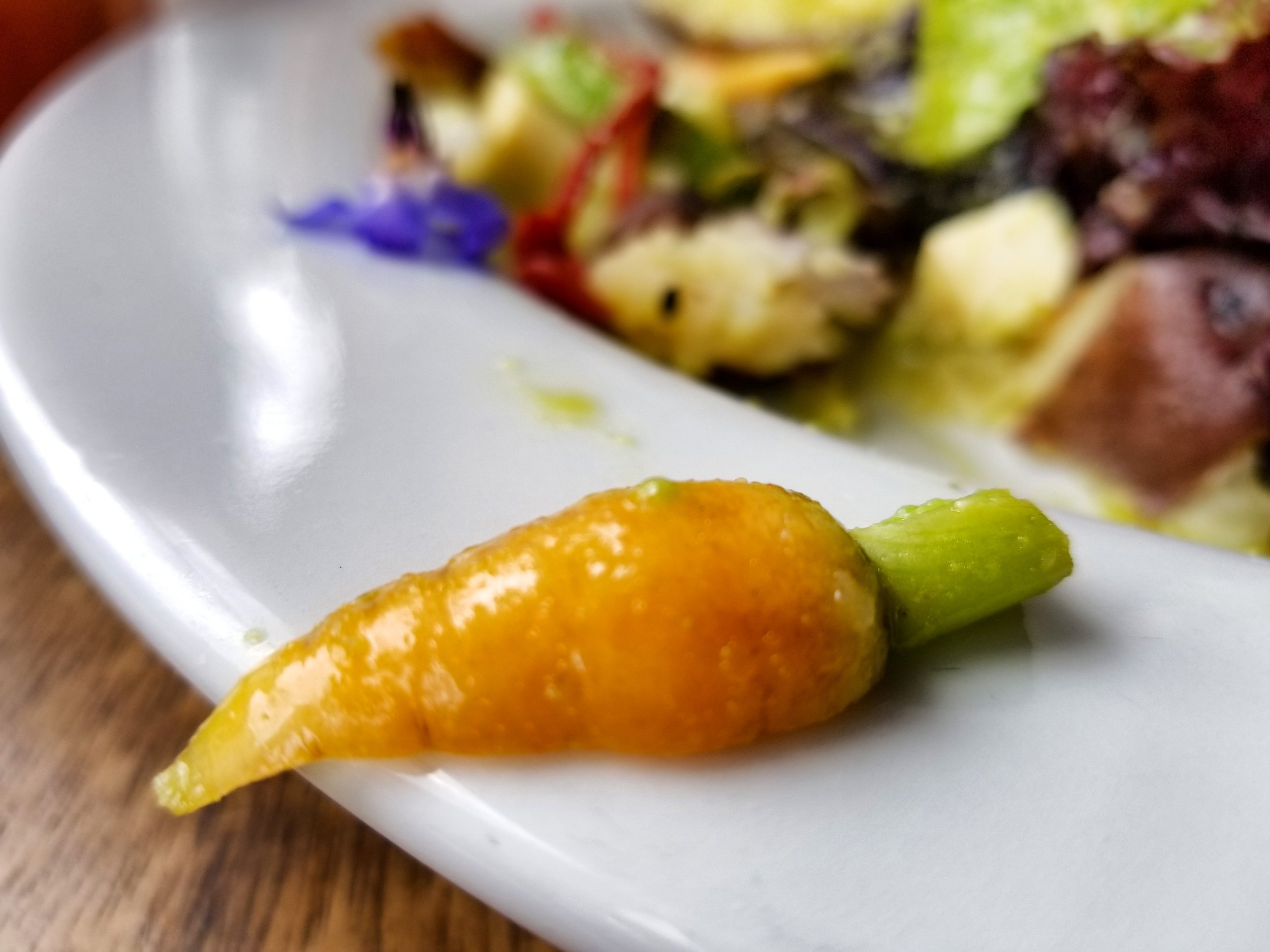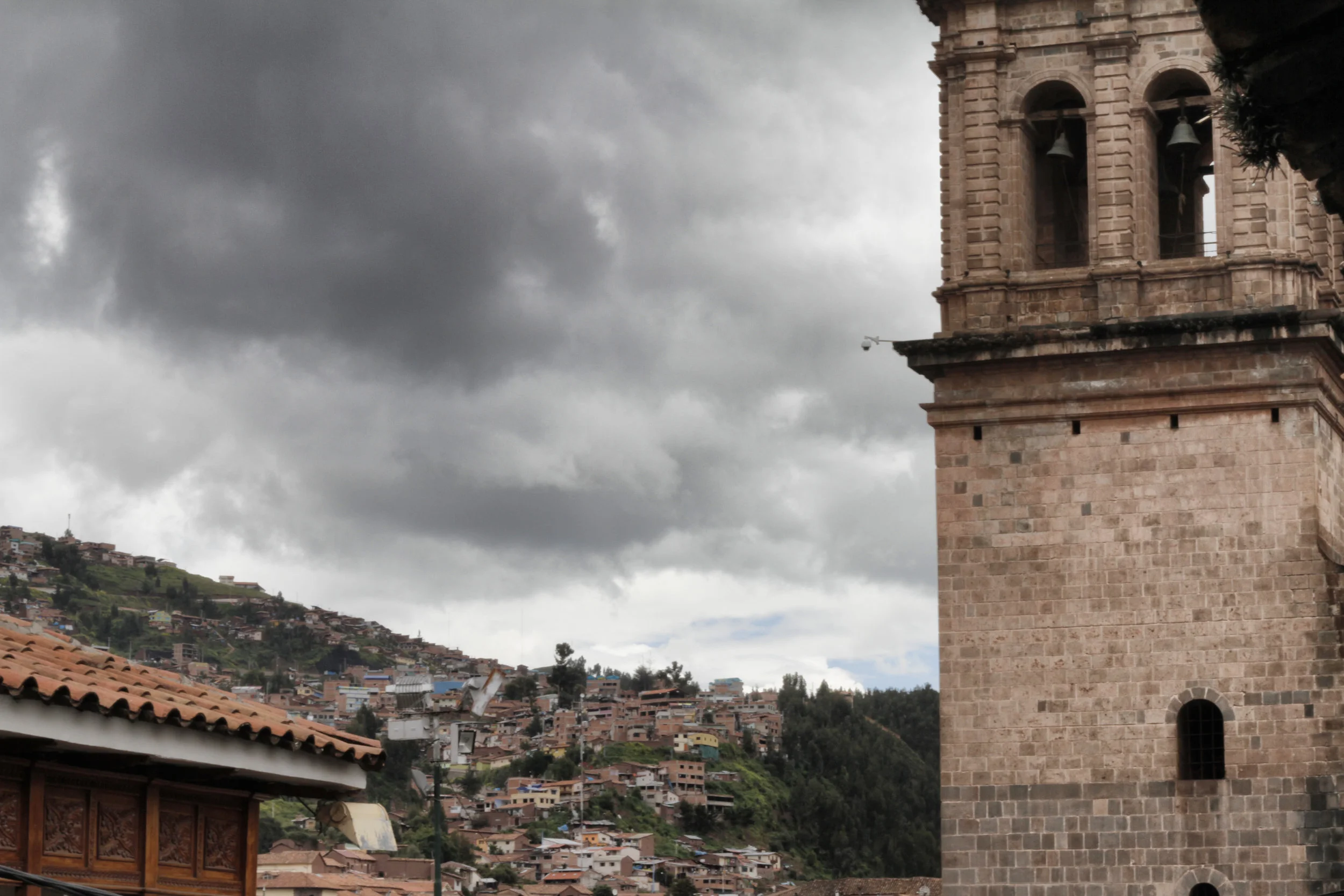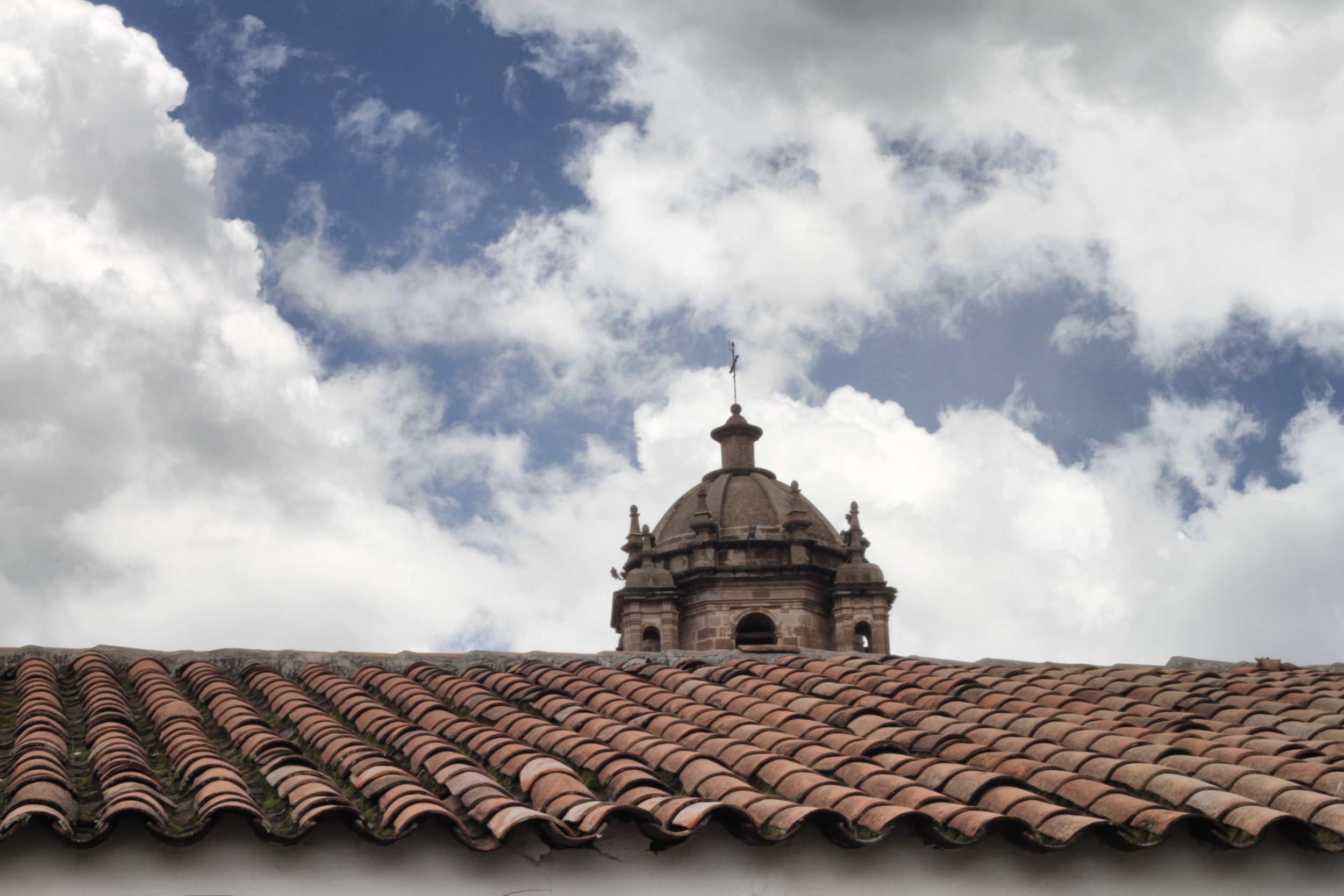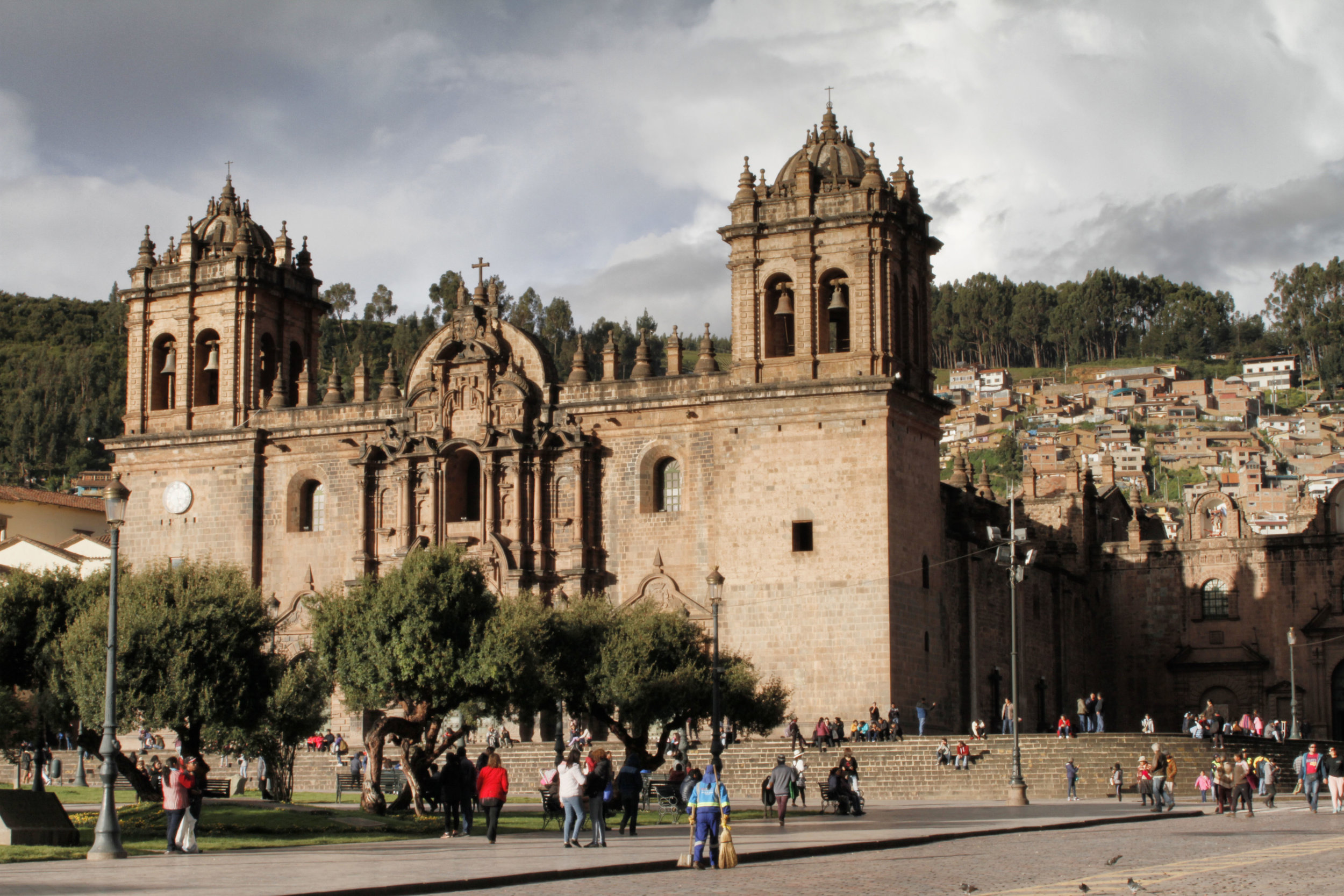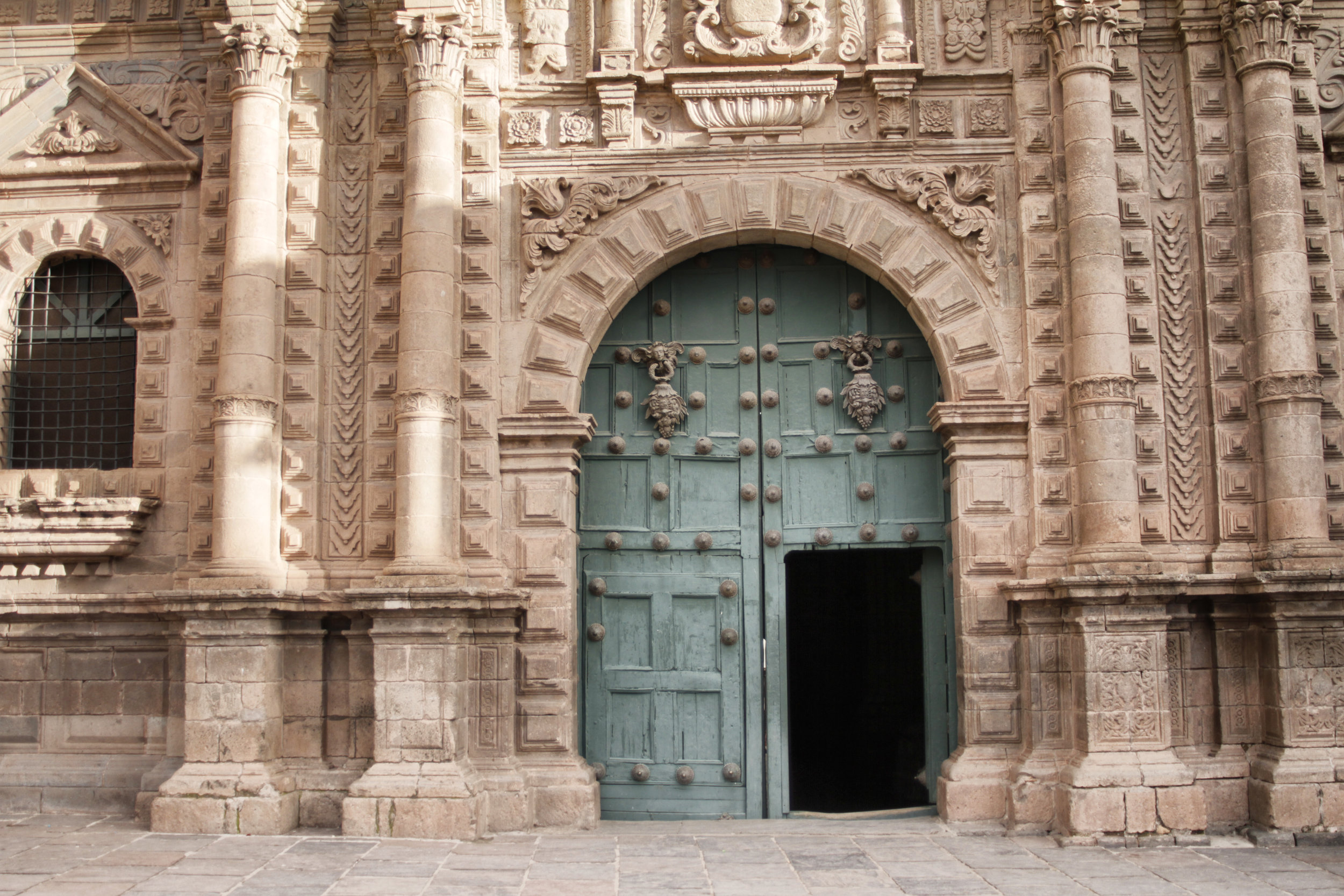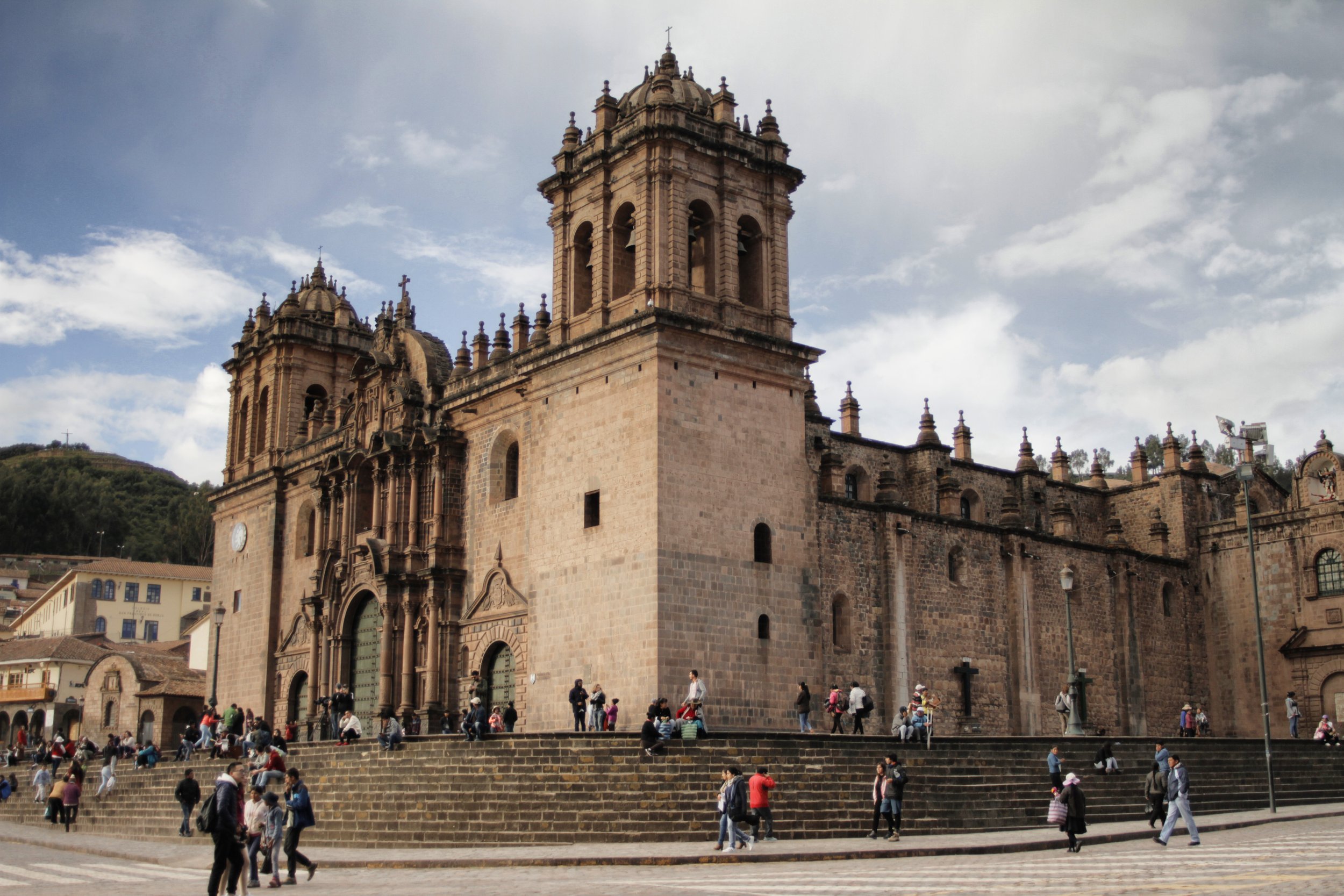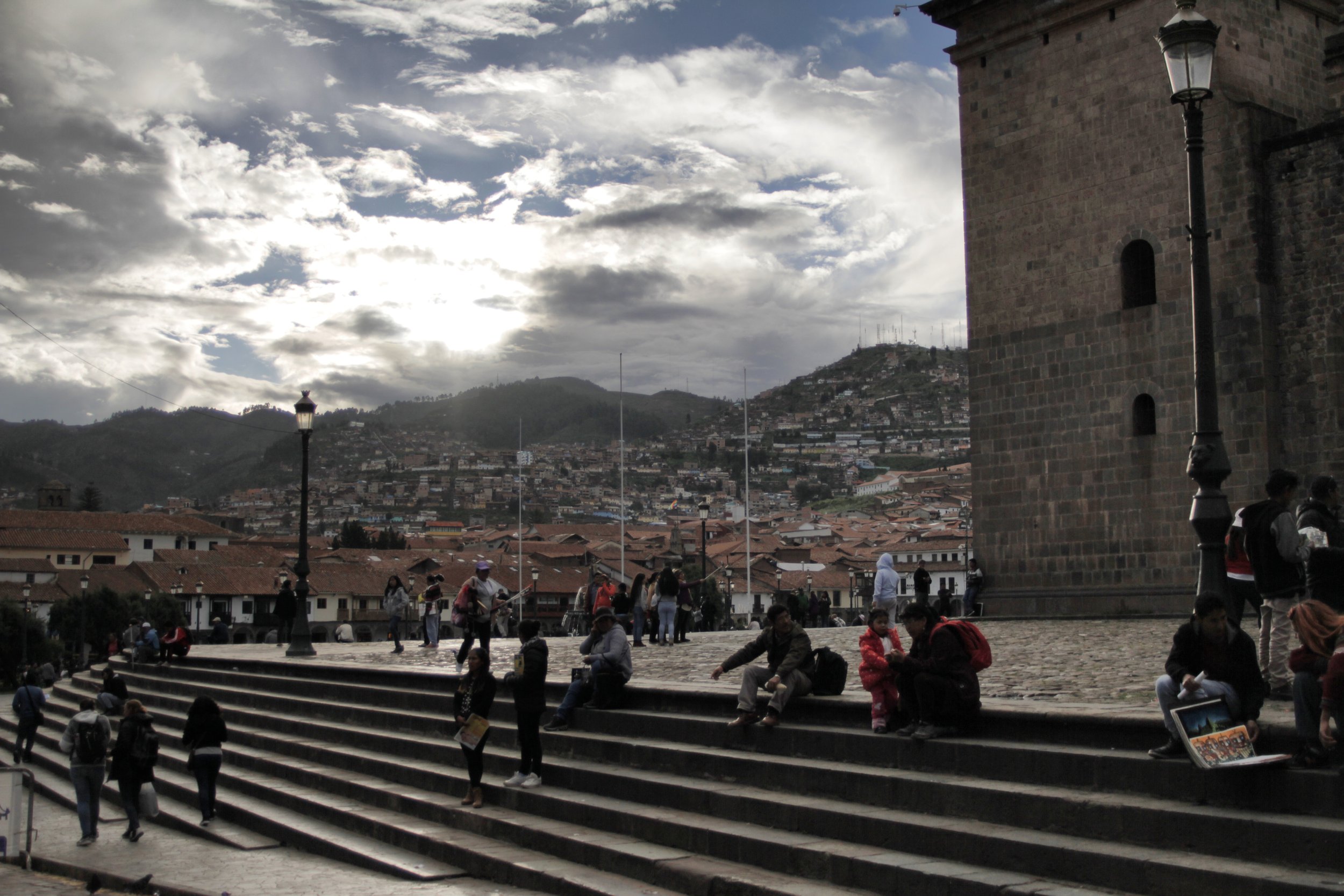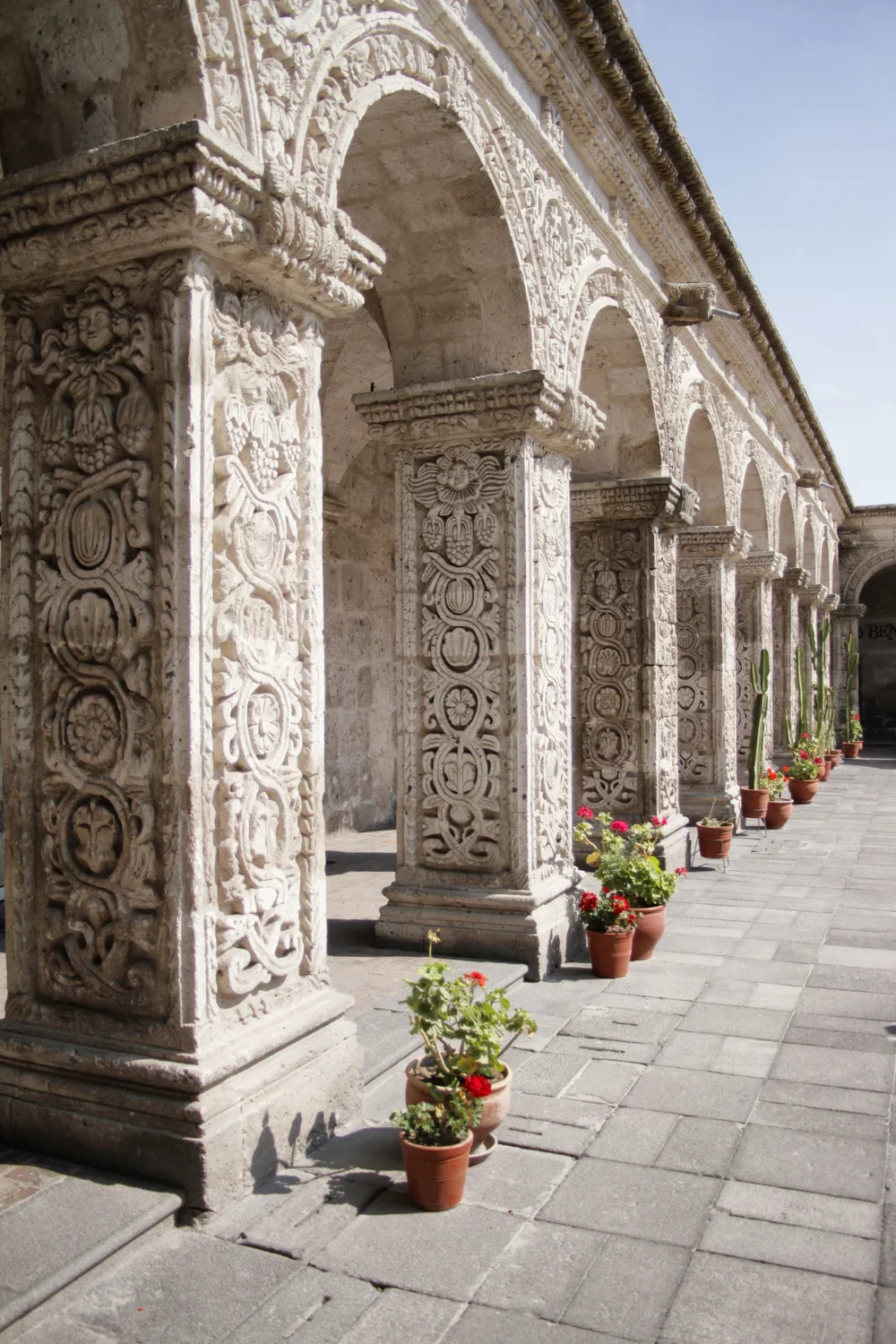Once the Capital of the Inca Empire
Best things to do in Cusco: discover Andean culture with vibrant markets, cobblestone streets & a unique blend of Inca & Spanish ruins with this travel guide.
Peru is such a magical place, one of my favorite destinations by far and I was lucky enough to experience it all with a native and close friend as my guide.
Peru is a South American country most well known for Machu Picchu, an ancient Incan city high in the Andes Mountains, but it’s home to so much more. In the regions surrounding Machu Picchu there are a number of archeological sites including the Sacred Valley, Inca Trail and colonial city of Cusco.
Peru is also home to a portion of the Amazon rainforest and has a history rich in diverse cultural influences including those from Mestizos (peoples of mixed European and Indigenous heritage), Amerindians, Europeans, Africans and Asians.
It’s the richness of the land and its people that make Peru not only a stunning country visually but one that will connect with your heart and soul through art, cuisine, music and dance.
Cusco, a city in the Peruvian Andes, was once capital of the Inca Empire and is now celebrated for its rich history, culture and architecture.
A UNESCO World Heritage site since 1983, Cusco is both quaint and full of charm but also active and alive. Cultural festivals are held throughout the year, while Plaza de Armas, is a must-see for visitors.
Archaeological remains and Spanish colonial architecture can be discovered while wandering its cobblestone streets in search of ceviche made with freshwater trout from the Sacred Valley.
Spending time in Peru was such a pleasure and I was lucky enough to see so much of its beauty. Before arriving in Cusco, I enjoyed 24 hours in Lima to meet my Peruvian friend, Esau.
Then, we moved on to Paracas for its islands made of rock and tropical deserts. The coastal location filled with marine wildlife is an absolute must, along with discovering elements of Paracas culture, an ancient Andean civilization renowned for advanced textiles, elaborate pottery and cranial trephination techniques.
Our next destination was Huacachina for dune buggy rides and wine tastings, paired with delicious sunsets over the desert oasis.
Following, it was on to the “White City” of Arequipa, an enchanting land of volcanoes, colonial architecture and delicious Arequipeño cuisine.
From Arequipa, I set out on a day trip hiking Peru’s epic Colca Canyon in search of giant Andean condors, ancient agricultural terraces and trekking opportunities. Plus, it’s one of the deepest canyons in the world, so get ready to be awestruck.
Cusco, a UNESCO World Heritage site recognized for its blend of Inca and Spanish colonial architecture, was next on the list.
While in Cusco, I had a near-death experience on Rainbow Mountain, toured Sacred Valley, Peru’s Andean highlands, and reached Machu Picchu, a real dream come true.
Best Things to Do in Cusco
Travel / To Cusco
Book / Train tickets to Machu Picchu
Explore / Spanish colonial architecture
Discover / The incredible Twelve Angled Stone
Best Things to Do in Cusco
Travel to Cusco
Getting to Cusco from Arequipa was simple and less than $50 USD through Peru Air. Our morning flight was delayed an hour but worth the wait. After takeoff the view was unbelievable.
Right outside my window you could see ash and smoke rising from Volcano Misti, an active volcano last erupting in 1985.
Tip / Many flights in Peru do not run on schedule, so it’s best to be flexible.
Kokopelli Hostel Cusco sits in the center of town and is definitely a hot spot for backpackers. Sadly, once we arrived, I immediately regretted our decision. In a previous life, I would’ve enjoyed it much more but found the hostel to be pretty obnoxious. It’s huge and people were constantly coming and going, creating a ton of noise. There’s also an open air rooftop allowing guests to smoke indoors. Though bags can be kept at the front, it’s a hassle to get them in and out. The location is great, right near the city center and breakfast was really nice. Things seemed clean enough and they offer free tea near the communal area. Overall, unless you’re in your 20’s and looking for friends, don’t bother.
Book Train Tickets to Machu Picchu
Straight away, Esau and I went to the local train station for tickets to Machu Picchu. Because he’s Peruvian he can only buy tickets there and not at the airport. It’s super important to buy tickets a few days in advance during low season and even further out in high season. Otherwise, tickets will sell out as they only allow a certain number of visitors to the base of Machu Picchu. Keep in mind, these are train tickets only, not tickets to enter the site of Machu Picchu.
Tip / You will need to coordinate tickets for your train ride to the town below Machu Picchu, Aguas Calientes, as well as tickets to get into the park itself. Purchase your train tickets into Aguas Calientes in advance, especially during high season, to guarantee your spot and preferred schedule. Booking ahead through the official websites like PeruRail or Inca Rail are recommended, as buying in person at the station in Cusco can be risky due to limited availability (though this is the way we did it).
Tickets are limited and a bit confusing to figure out on your own. Basically, before entering Machu Picchu you can either stay in Aguascalientes, the town right below Machu Picchu, or an hour away in Ollantaytambo. If you stay in Ollantaytambo, you'll need to take the train in the morning over to Aguascalientes. Once in Aguascalientes, you're at the base of Machu Picchu and will only need to take the bus up the mountain or hike the peak.
Esau thought it would be nice for me to experience the train ride during daylight so we decided to stay the night in Ollantaytambo and travel by train to Aguascalientes in the morning. The train ride was definitely gorgeous but after seeing how cute the little town of Aguascalientes was, I'd love to stay there if given another chance.
At the time of my visit, Machu Picchu ticket options were as follows (round-trip):
Ollantaytambo 8:00 a.m. - Machu Picchu 9:25 a.m.; Machu Picchu 6:20 p.m. - Ollantaytambo 8:05 p.m. $105
Urubamba 10:30 a.m. - Machu Picchu 1:34 p.m.; Machu Picchu 6:10 p.m. - Ollantaytambo 7:51 p.m. $180
Ollantaytambo 1:27 p.m. - Machu Picchu 2:50 p.m.; Machu Picchu 8:53 a.m. - Ollantaytambo 10:52 a.m. $90
Ollantaytambo 1:27 p.m. - Machu Picchu 2:50 p.m.; Machu Picchu 9:50 p.m. - Ollantaytambo 11:35 p.m. $95
Ollantaytambo 6:10 a.m. - Machu Picchu 7:40 a.m.; Machu Picchu 6:10 p.m. - Ollantaytambo 7:51 p.m. $125
The first option worked great for us and Esau was able to get a combination of tickets: one way on the nicer train and the other on a local train. A certain number of locals are able to get deeply discounted tickets to Machu Picchu by traveling on less fancy trains. Esau paid $3 USD on the way back for a standing ticket while I paid nearly $60 USD.
Tip / For tickets to Machu Picchu, pre-purchase them as tickets are not sold at the entrance to the site itself. And with a daily visitor limit and high demand, it’s highly recommended to book your tickets months in advance. Tickets are sold for specific circuits and time slots and you can buy tickets online through one of the following methods:
Official Peruvian Government website: This is the cheapest option but the website can be difficult to navigate.
Authorized Agencies or Tour Operators: This is often a more convenient and seamless option, as they handle the booking, transportation and guides. They may, however, charge an additional service fee.
Explore Spanish Colonial Architecture
After check-in, he two of us took off on foot to Greens for a bite to eat. Greens is a well known organic cafe with steep prices and tasty food.
My latte, smoothie and salad were absolutely incredible while Esau chose an alpaca wrap which was also delicious. If you’re looking for a great view, grab seats upstairs overlooking the city center.
With full bellies, the two of us began to explore the city. Located high in the Peruvian Andes, Cusco was the capital and cultural heart of the Inca Empire with the city’s main plaza, Plaza de Armas, serving as one of the empire’s most precious gathering spots. And although the Spanish altered so much of the area by destroying local temples and replacing them with mansions and churches, the site has remained the centerpiece for religious, social and political life in Cusco.
Today, the city is known for its Spanish colonial architecture paired with the archaeological remains of the Incas. But beyond political importance, Plaza de Armas is anchored by two of the city’s most well known religious buildings, the Church La Compañía de Jesús and the Cathedral Basilica of the Assumption of the Virgin. Accompanying these breathtaking structures, central square is also full of carved wooden balconies, arcades and Inca ruins that surely do not disappoint.
Most notably, when the Spanish invaded, they built the baroque style Santo Domingo Convent on top of the Inca Temple of the Sun, Qoricancha. The convent still has archaeological remains of Inca stonework and is gorgeous at night so make sure to pass by if you get the opportunity (not shown).
If you start to wander down some of the smaller side streets connecting to Plaza de Armas you might bump into women from the countryside who make daily trips into Cusco to pose with tourists for tips.
Tip / If you'd like a photo with a baby llama make sure you offer up a few soles in exchange. Multiple women may rush you and become aggressive requesting more money but it’s best to be fair and clear about the exchange before you take any photos.
Discover the Incredible Twelve Angled Stone
Even deeper into town you'll stumble upon a very famous stone down a tiny cobblestone street. The Twelve Angled Stone was previously used in an Inca palace and is now part of the palace of the Archbishop of Cusco. It's an example of how perfect Inca architecture truly was. The wall was built without the aid of mortar or any kind of binding material and you can’t even slide a piece of paper between the stones as they fit perfectly together.
Later on, Esau and I found a local restaurant off a small side street offering "el menu" for eight soles which included lomo saltado, soup and a cup of tea. You sure can't complain when your meal costs less than $3 USD.
Before closing, we stopped in a few tourist offices to gather information on the best sites to visit. The following day would be my solo trip and hike up Rainbow Mountain and then Esau and I would explore Sacred Valley: Peru’s Andean Highlands. Our hostel was offering a Rainbow Mountain tour for 120 soles but this shop only wanted 60 soles, so make sure to shop around. That being said, take extreme caution during poor weather conditions and make sure all safety requirements are met.
